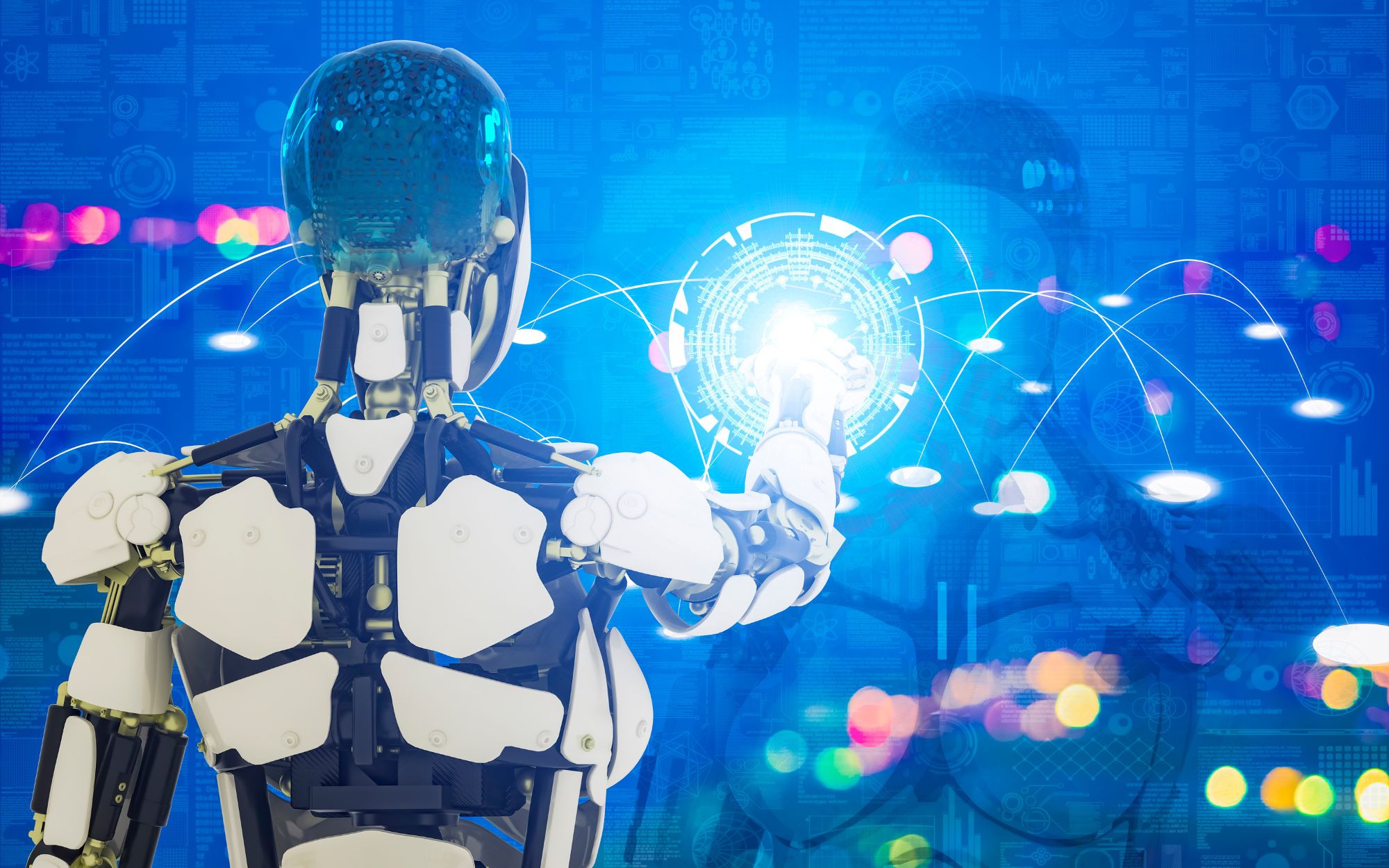

In the world of technology, we often talk about the "latest and greatest" innovations—from powerful algorithms to cutting-edge cloud infrastructure. We focus on the tech stack, the data pipelines, and the models' performance metrics. But what about the people? What happens when you introduce a sophisticated AI solution into an organization where employees have been doing their jobs a certain way for years? The answer, more often than not, is a resounding failure.
Data from multiple research firms consistently shows that a staggering percentage of AI projects—some estimates are as high as 85%—never make it from the pilot stage to full-scale deployment. The common assumption is that the technology wasn’t ready or the data was too messy. While technical hurdles are real, the primary reason for failure is almost always poor change management. It's the human side of the equation—a failure to communicate, a lack of employee engagement, and a reluctance to address the very real fears and anxieties that AI adoption creates.
The traditional approach to technology implementation is a top-down mandate. A new system is purchased, a project plan is created, and employees are told, "Here's your new tool; start using it." This approach is a recipe for disaster with AI. Unlike a new email client or a CRM system, AI doesn't just automate a task; it fundamentally changes the nature of work. It redefines roles, shifts responsibilities, and can feel like a direct threat to a person’s job security.
Consider a large bank that invests millions in an AI system to automate loan applications. The technology is flawless, but the loan officers feel threatened. They've spent their careers building expertise and relationships, and they fear being replaced by a machine. In response, they might subtly resist the new system by:
This is not a failure of the algorithm; it's a failure to manage the human element. The employees who are supposed to be the new system’s champions have become its biggest saboteurs. Successful AI adoption, therefore, must be approached as a people-first, not a technology-first, initiative.
The path to successful AI adoption is paved with empathy, communication, and proactive engagement. Here's how to turn a skeptical workforce into enthusiastic advocates.
1. Start with "Why": Communicate the Vision, Not Just the Tech Before you mention a single AI tool, explain the big picture. Why is the company adopting AI? What are the strategic benefits? How will it help employees, not just the company? Frame AI as an augmentor, not a replacement. For example, tell loan officers that the AI will handle the tedious data entry and credit checks, freeing them up to focus on what they do best: building trust and providing personalized advice to clients. This shifts the narrative from job elimination to professional enhancement.
2. Involve Employees from Day One Don't wait until the AI is built to bring in the people who will use it. Involve them in the design and testing phases. Ask them what tasks they find most repetitive or frustrating. Solicit their feedback on what a helpful AI assistant would look like. This co-creation process gives them a sense of ownership and makes them feel like partners, not passive recipients, in the transformation. Their insights are also invaluable; they can identify real-world pain points that data scientists might miss.
3. Provide Comprehensive and Continuous Training Training for AI isn't a one-and-done session. It should be a continuous process that goes beyond how to click a button. Training should cover:
4. Address Fears and Build Trust Ignoring employee fears is the surest way to fuel resistance. Create a safe space for open discussion. Acknowledge that the transition is difficult. Establish a formal feedback loop where employees can voice concerns, report issues, and suggest improvements. Being transparent about the process—including what data is being used and how decisions are being made—builds trust and reduces the "us vs. them" mentality.
Successful AI adoption requires more than just a project manager; it needs a champion.
Leadership: Leaders must be the primary advocates for the change. They need to articulate a clear vision, allocate the necessary resources, and lead by example. If a C-level executive is seen using and promoting the new AI tool, it sends a powerful message that this change is not optional, but essential. Leaders also need to be empathetic and visible, spending time with front-line employees to understand their concerns and celebrate small wins.
Communication: Communication is the lifeblood of change management. It must be consistent, transparent, and multi-directional. Use multiple channels—town halls, team meetings, internal newsletters, and dedicated AI portals—to keep everyone informed. The most important part of communication, however, is listening. Create channels for employees to ask questions and provide feedback, ensuring they feel heard and valued throughout the process.
Feedback Loops: A feedback loop is a continuous cycle of listening, learning, and adapting. When an employee reports an issue with the AI, don't just fix it—explain why it happened and what was done to prevent it. Use feedback to improve the system and to demonstrate that employee input is a critical part of the process. This builds a culture of continuous improvement and turns employees from passive observers into active participants in the company's AI journey.
This checklist provides a roadmap for a people-first AI implementation.
While the technical challenges of AI are immense, the human challenges are far greater. The most successful AI projects are not defined by the sophistication of their algorithms but by the seamlessness of their integration into the daily work of an organization. By prioritizing change management and treating employees as partners in the transformation, companies can overcome resistance, mitigate risk, and unlock the true potential of artificial intelligence. It's a journey that begins not with a line of code, but with a conversation.